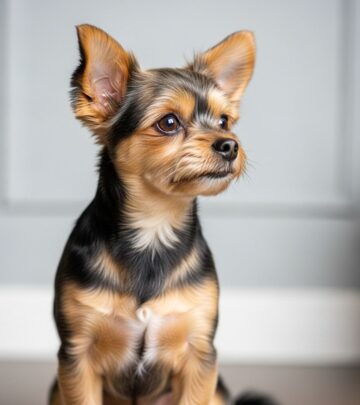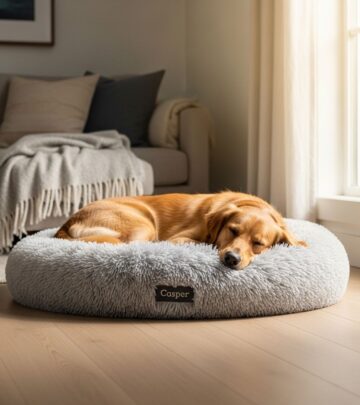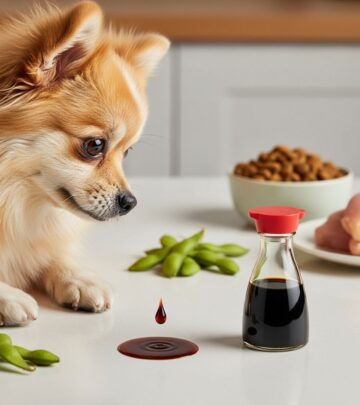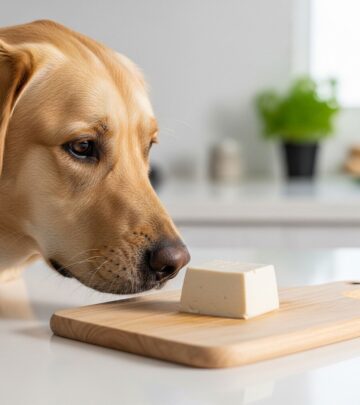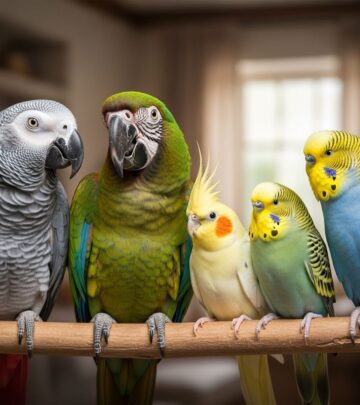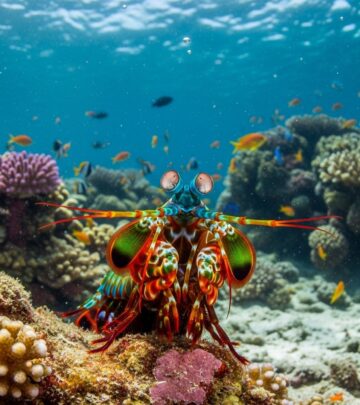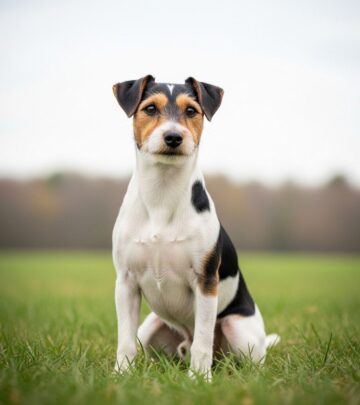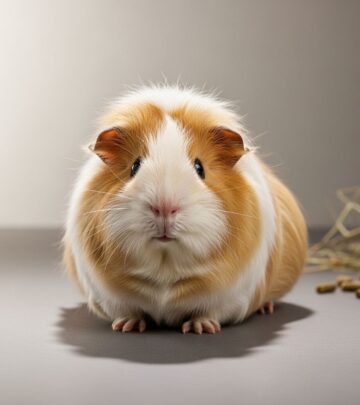Akita vs Shiba Inu: Key Differences Between Japan’s Beloved Breeds
Whether you seek loyalty or spirited independence, unique traits shape your choice.
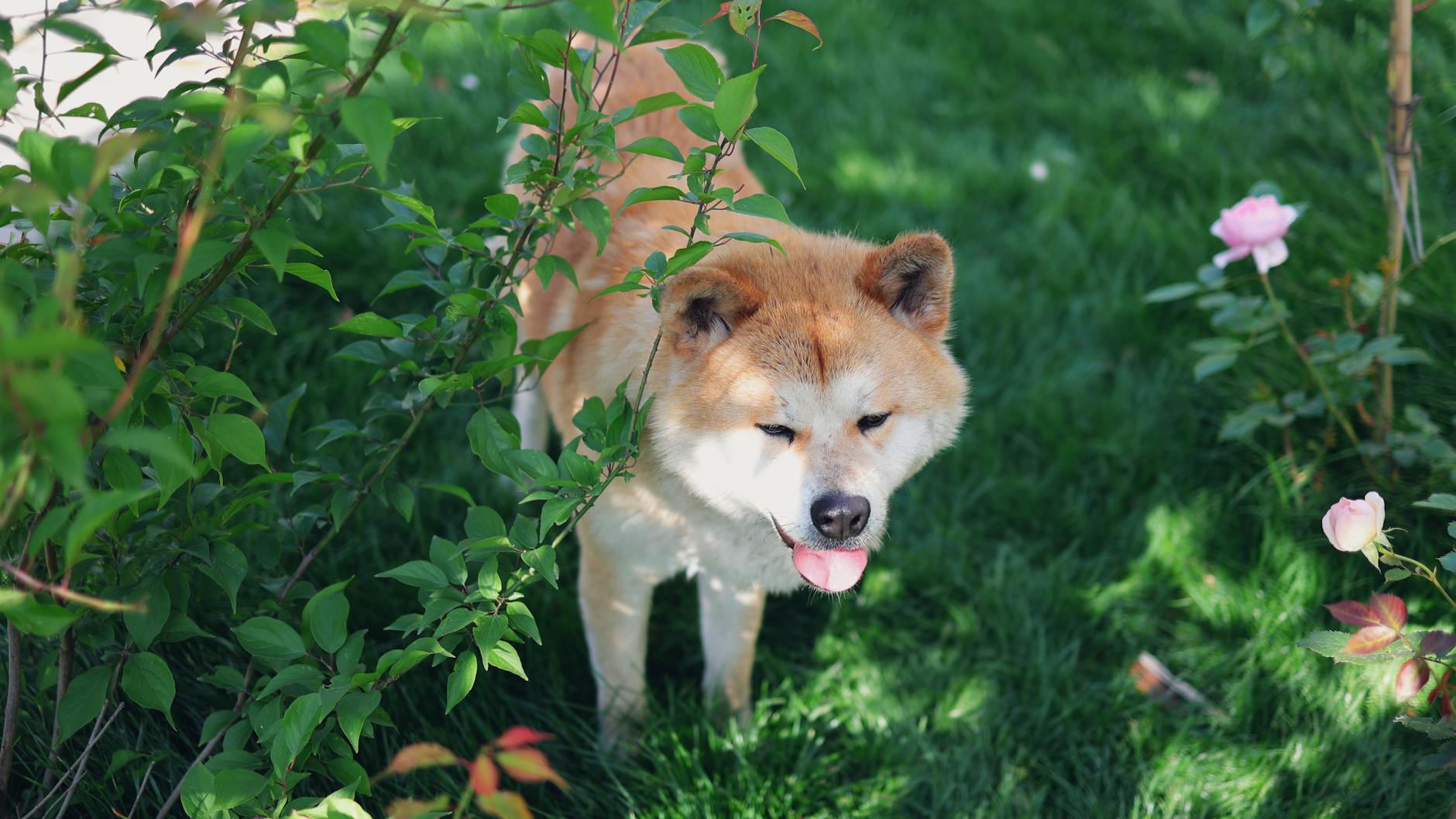
When it comes to iconic Japanese dog breeds, few are as well recognized—or as often compared—as the Akita and the Shiba Inu. At a glance, their foxlike faces, plush coats, and curled tails highlight their shared heritage, but prospective owners quickly discover that these breeds are worlds apart in both size and personality. Whether you’re considering a Japanese companion or just love learning about unique breeds, understanding their distinctions will help you decide which dog matches your life and expectations best.
Breed Origins and Purpose
Both Akita and Shiba Inu have deep roots in Japan’s history, bred originally for hunting but serving different roles:
- Akita: Developed in northern Japan, Akitas were bred as powerful hunting dogs, capable of taking down large game such as deer and wild boar. Over time, their size and guarding instincts made them prized as loyal protectors and even imperial companions.
- Shiba Inu: The Shiba Inu, Japan’s oldest and smallest spitz breed, originated as a nimble hunter of small game (like birds and rabbits) in the mountainous regions. Their agility and keen senses made them ideal for navigating rugged terrain.
Physical Appearance: Size, Build, and Distinct Features
| Trait | Akita | Shiba Inu |
|---|---|---|
| Height | 24–28 inches (male), 22–26 inches (female) | 13.5–16.5 inches |
| Weight | 70–130 lbs (male), 60–100 lbs (female) | 17–23 lbs |
| Build | Large, powerfully built, muscular, broad head | Compact, agile, fox-like appearance, lithe |
| Tail | Curled tightly over back; sometimes double-curl | Fully curled or arched over the back |
| Ears | Medium, erect, slightly rounded tips | Small, triangular, erect, sharp expression |
The most striking difference is size: Akitas can be over five times heavier than Shibas when fully grown, making them dramatically larger in both height and bulk.
Coat Type and Color Comparison
While both breeds sport a double coat (a dense undercoat and harsher outer coat), the type and color spectrum varies:
- Akita: Thick, plush double coat, sometimes slightly longer in the “long coat” variety. Accepted colors include red, fawn, white, brindle, black, silver, and pinto (marked by large patches).
- Shiba Inu: Also double-coated, but features a softer, denser undercoat and a short, harsh topcoat. Coat colors are limited: red, red sesame, cream, black and tan. Shiba Inu markings are more standardized and subtle.
Shedding and Grooming Requirements
Both breeds are known for “blowing coat”—shedding their undercoats heavily, typically twice a year. Regular brushing is critical for fur management and healthy skin.
- Akitas shed profusely and require frequent brushing, especially during seasonal changes, but daily grooming is not always needed unless shedding is at its peak.
- Shiba Inus also shed notably and do benefit from weekly brushing. However, their smaller size makes them easier to groom overall and their self-cleaning instincts mean they tend to keep themselves surprisingly tidy.
Personality and Temperament
| Trait | Akita | Shiba Inu |
|---|---|---|
| Loyalty | Extremely loyal to family, sometimes aloof to strangers | Loyal, but independent and strong-willed |
| Protectiveness | Very protective, strong guardian instincts | Alert but less likely to show overt guarding behaviors; more likely to alert bark |
| Socialization Need | High; early, frequent socialization essential to avoid suspicion or aggression | Important to prevent stubbornness or aloofness, but less prone to aggression |
| Friendliness with Other Pets | Often prefers to be the only dog | Can live with other dogs, but may chase small pets |
| Playfulness | Moderate; reserved with strangers, affectionate with family | Highly playful, mischievous, sometimes ‘cat-like’ in behavior |
The Akita is revered for deep-rooted loyalty—think Hachikō, the world-famous dog known for waiting faithfully for his owner for years. That loyalty is coupled with reserved dignity and a serious demeanor, though with close family they’re affectionate and loving. These traits can translate into caution or even guardedness toward strangers; proper socialization from puppyhood is a must.
The Shiba Inu is celebrated for spirited independence. Known for a bold but charmingly mischievous personality, Shibas thrive on curiosity, exploration, and even a touch of stubbornness. They’re clever, alert, and bold, but not always overtly cuddly—a trait that endears them to fans of more ‘independent’ canine companions.
Trainability and Intelligence
Both breeds are intelligent, but their learning styles diverge:
- Akitas can learn quickly, especially when training is consistent, firm, and respectful. However, their independence means they may challenge inexperienced owners. Positive reinforcement builds mutual respect, but unkind discipline risks pushback or withdrawal.
- Shiba Inus are remarkably smart and can master commands, but their stubborn streak and desire for autonomy mean you’ll need a mix of creativity, patience, and positive reinforcement. Consistency is crucial, as is making training “worth their while.”
Exercise Needs and Activity Level
- Akita: Moderate exercise needs; daily walks and some playtime will often suffice. Many Akitas appreciate a job or task but don’t require constant, vigorous activity. A securely fenced yard is important due to their protective nature.
- Shiba Inu: Higher activity requirements for their size. Shibas are bundles of energy who need daily exercise, varied play, and space to explore to prevent boredom and mischief.
Family Suitability and Living Environment
- Akitas are best for individuals or families with experience handling large, assertive breeds. They thrive in homes where they’re included in family life but may be less suited to homes with multiple pets or very young children. Their guarding instincts make them excellent watch dogs when properly socialized.
- Shiba Inus can adapt to apartment living as well as homes with yards. Their smaller size and independent nature make them suitable for singles and families alike—provided you can meet their exercise and mental stimulation needs. They can be good with respectful older children but may be too stubborn for toddlers and too predatory for small pets.
Health and Lifespan
| Trait | Akita | Shiba Inu |
|---|---|---|
| Lifespan | 10–13 years | 12–16 years |
| Major Health Concerns | Hip dysplasia, autoimmune disorders, hypothyroidism, eye problems | Allergies, patellar luxation, glaucoma, hip dysplasia (less common), dental issues |
Both breeds benefit from regular vet checks and high-quality nutrition. Responsible breeders screen for hereditary issues and prioritize lifelong health. Shiba Inus generally enjoy slightly longer lifespans, but both can live long, healthy lives in loving homes.
Frequently Asked Questions (FAQs)
Q: Are Akitas good for first-time dog owners?
A: Akitas are not generally recommended for first-time owners due to their size, power, independent nature, and guarding instincts. They do best with experienced handlers who understand firm, positive, leadership-based training.
Q: How are Akitas and Shibas with children?
A: Shiba Inus can do well with older, respectful children. Akitas can be loving with children in their household but, due to their size and protectiveness, they require close supervision around small kids and their friends.
Q: Which breed is easier to groom?
A: Shiba Inus, due to their small size and “self-cleaning” habits, are easier to groom overall. Both breeds, however, shed heavily during coat-blowing season and need diligent brushing.
Q: Do either Akitas or Shiba Inus bark a lot?
A: Shiba Inus are more likely to use their famous “Shiba scream” than to bark excessively. Akitas are generally quiet but will alert to intruders or unusual happenings.
Q: Can Shibas and Akitas live together?
A: While it is possible with careful introductions, both breeds tend to prefer being the “solo” dog at home. Akitas are often best as the only pet; Shibas may get along with other dogs if socialized early but can be territorial.
Which is Right for You: Akita or Shiba Inu?
Making your decision hinges on lifestyle, space, and experience:
- Choose the Akita if: You want a large, dignified, loyal dog and you have experience with assertive breeds and plenty of space.
- Choose the Shiba Inu if: You prefer an active yet smaller, foxlike companion with a strong, spunky personality and independent streak.
Either breed, given proper training, socialization, and love, makes an extraordinary canine friend—each representing centuries of Japanese legacy and loyalty in their own way.
Final Thoughts
No matter which breed you choose, Akitas and Shiba Inus both demand an owner’s respect and commitment—rewarding them with affection, adventure, and timeless devotion.
References
- https://a-z-animals.com/pets/dogs/dog-comparison/akita-inu-vs-shiba-inu-differences/
- https://www.robunaga.com/blog/japanese-akita-vs-shiba-inu-key-differences-between-two-iconic-japanese-breeds
- https://www.chewy.com/education/dog/general/shiba-inu-vs-akita
- https://ultimatepetnutrition.com/difference-shiba-inu-vs-akita/
- https://www.akc.org/expert-advice/dog-breeds/akita-versus-shiba-inu-how-to-tell-the-difference/
Read full bio of Anjali Sayee

